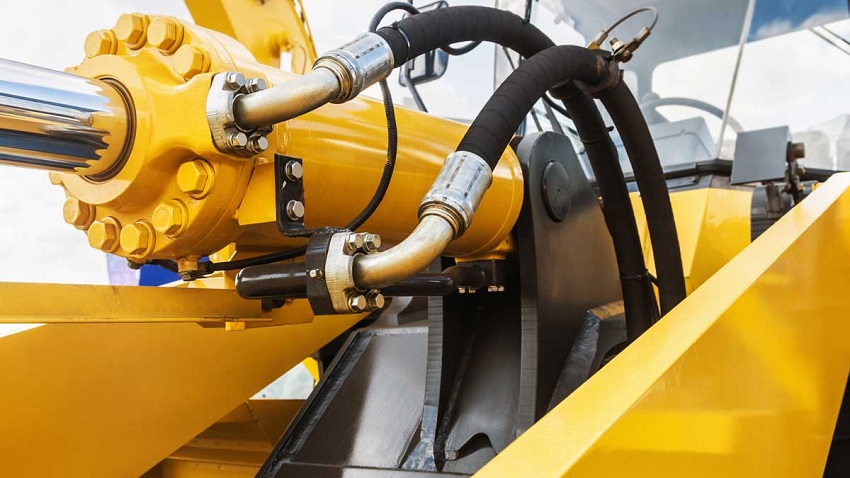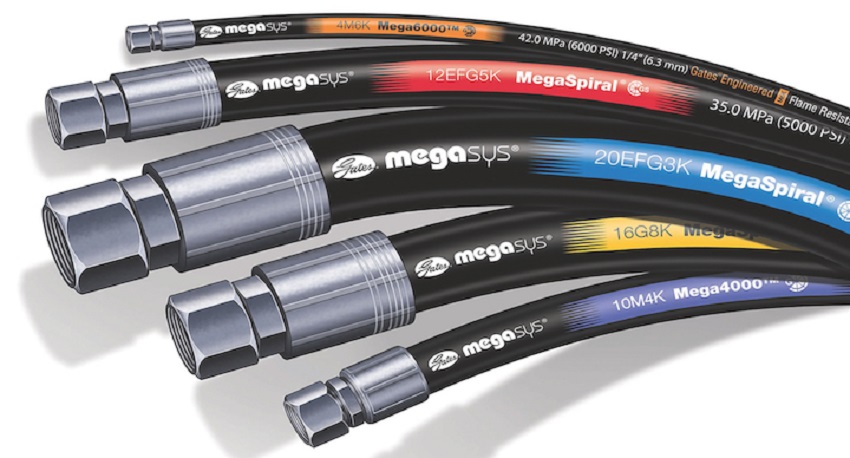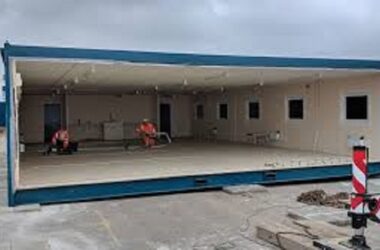If you’ve ever delved into the world of hydraulic systems, you’ve likely come across the term “hydraulic hose.” These essential components play a crucial role in transmitting power within hydraulic systems. However, understanding the specifics of how to calculate hydraulic hoses can be a bit perplexing at first. Fear not! In this article, we’ll break down the process step by step, making it easy for you to comprehend even if you’re new to the field. So, let’s dive right in. This content is presented by Healthyhouseplans.com.
Understanding the Basics of Hydraulic Hoses
Before we delve into the calculations, it’s essential to grasp the basics of hydraulic hoses. These hoses are responsible for transporting hydraulic fluid, which is used to transmit power within hydraulic systems. The efficiency and effectiveness of a hydraulic system depend on the proper sizing of these hoses. Choosing the right size ensures optimal fluid flow, preventing excessive pressure drops or inefficiencies.
Step 1: Determine the Flow Rate
The first step in calculating a hydraulic hose is determining the flow rate of the hydraulic fluid. Flow rate is the volume of fluid that passes through the hose per unit of time. It’s typically measured in gallons per minute (GPM) or liters per minute (LPM). To calculate the flow rate, you’ll need to know the required volume of fluid and the time it takes to flow through the system.
Step 2: Calculate the Velocity
Once you have the flow rate, the next step is to calculate the velocity of the fluid within the hose. Velocity is crucial because excessively high or low velocities can lead to performance issues. To calculate the velocity, divide the flow rate by the hose’s cross-sectional area. Remember to convert the flow rate to a consistent unit before performing the calculation.
Step 3: Determine the Pressure Drop
Pressure drop refers to the loss of pressure as the fluid flows through the hose due to friction and other factors. It’s crucial to calculate pressure drop accurately to ensure that the system operates efficiently. To calculate pressure drop, you’ll need to know the length of the hose, the flow rate, the fluid’s viscosity, and the hose’s internal diameter.
Step 4: Select the Hose Diameter
With the pressure drop in mind, you can now select an appropriate hose diameter. Choosing the right diameter is essential to balance fluid velocity and pressure drop. A larger diameter reduces fluid velocity but decreases pressure drop, while a smaller diameter increases velocity but may lead to excessive pressure loss.
You may also read: How to Cut Stainless Steel Rods: A Comprehensive Guide
Step 5: Consider Temperature and Compatibility
Temperature plays a significant role in the performance of hydraulic hoses. Different fluids and materials have varying temperature tolerances. Ensure that the selected hose material and fluid are compatible with the operating temperature of the system. Using the wrong material can lead to premature hose failure and compromised system performance.
Step 6: Factor in Safety and Standards
When calculating hydraulic hoses, it’s essential to consider safety factors and industry standards. These factors include burst pressure, which is the maximum pressure a hose can handle before failing. Choosing a hose with an adequate burst pressure ensures the safety of the system and its operators.
Conclusion
In the world of hydraulic systems, understanding how to calculate hydraulic hoses is paramount. Proper calculations ensure optimal fluid flow, efficiency, and system safety. By following the steps outlined in this guide, you can confidently select and size hydraulic hoses for your specific applications, enhancing the overall performance of your hydraulic systems.
FAQs About Calculating Hydraulic Hoses
Q1: Can I use any type of hose for hydraulic systems?
A1: No, it’s crucial to choose hoses that are specifically designed for hydraulic applications. Using the wrong type of hose can lead to system failure and safety hazards.
Q2: Why is pressure drop important?
A2: Pressure drop affects the efficiency of the hydraulic system. Excessive pressure drop can lead to reduced performance and wasted energy.
Q3: Are there standard guidelines for hose sizing?
A3: Yes, there are industry standards and guidelines that provide recommendations for hose sizing based on various factors like flow rate, pressure, and temperature.
Q4: What is burst pressure, and why does it matter?
A4: Burst pressure is the maximum pressure a hose can withstand before failing. It matters because exceeding this pressure can result in hose rupture and potential hazards.
Q5: Can I reuse hydraulic hoses?
A5: It’s generally not recommended to reuse hydraulic hoses due to potential wear and tear. It’s safer to replace old hoses with new ones to ensure system integrity.






